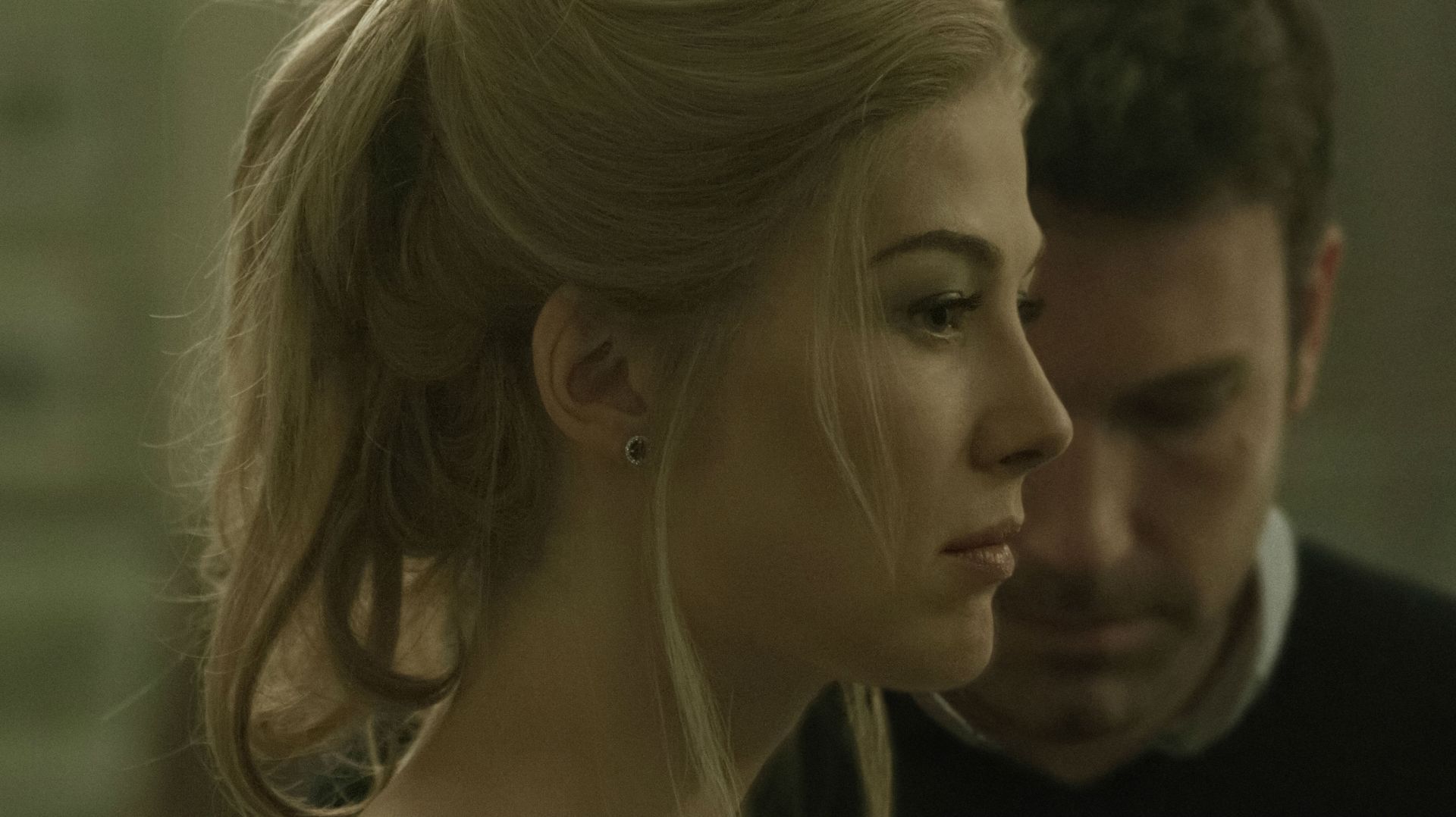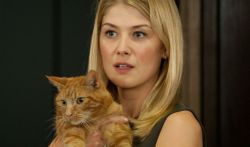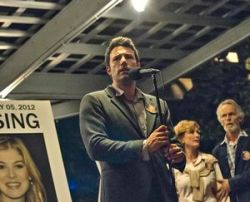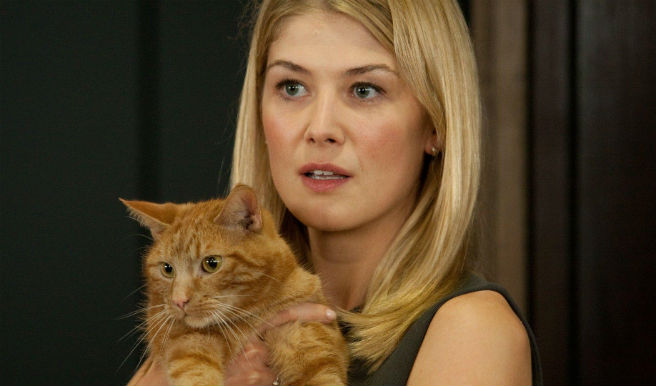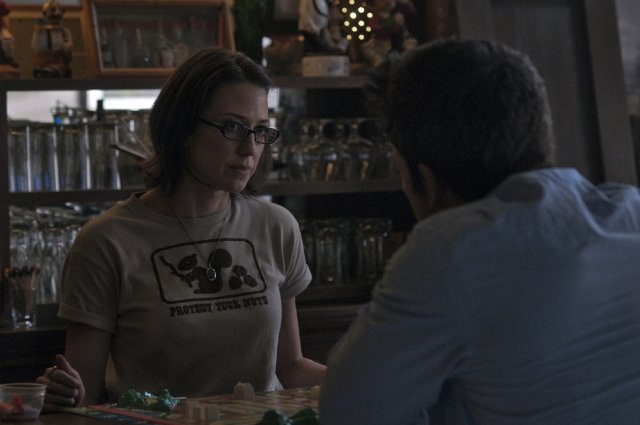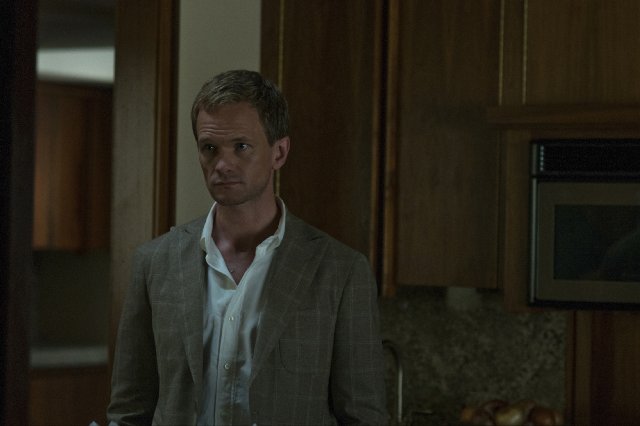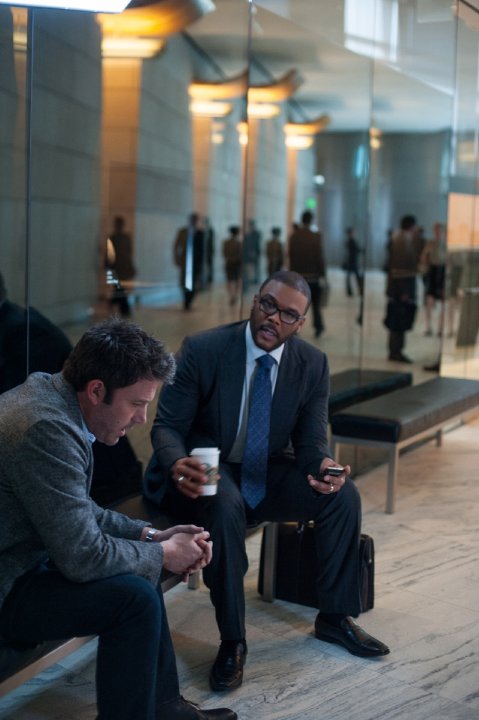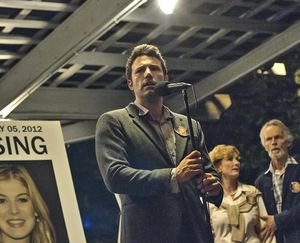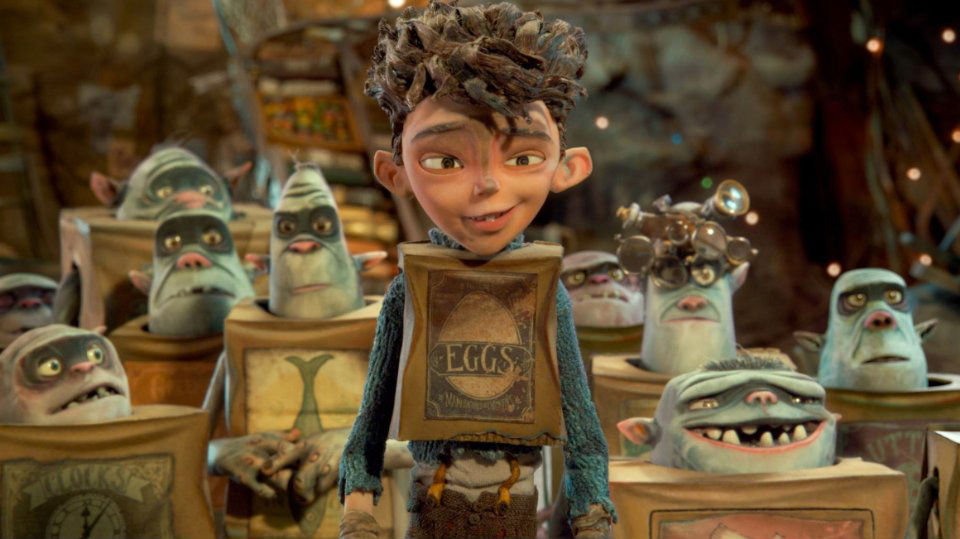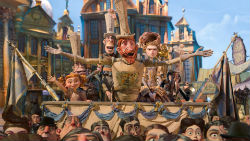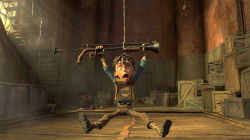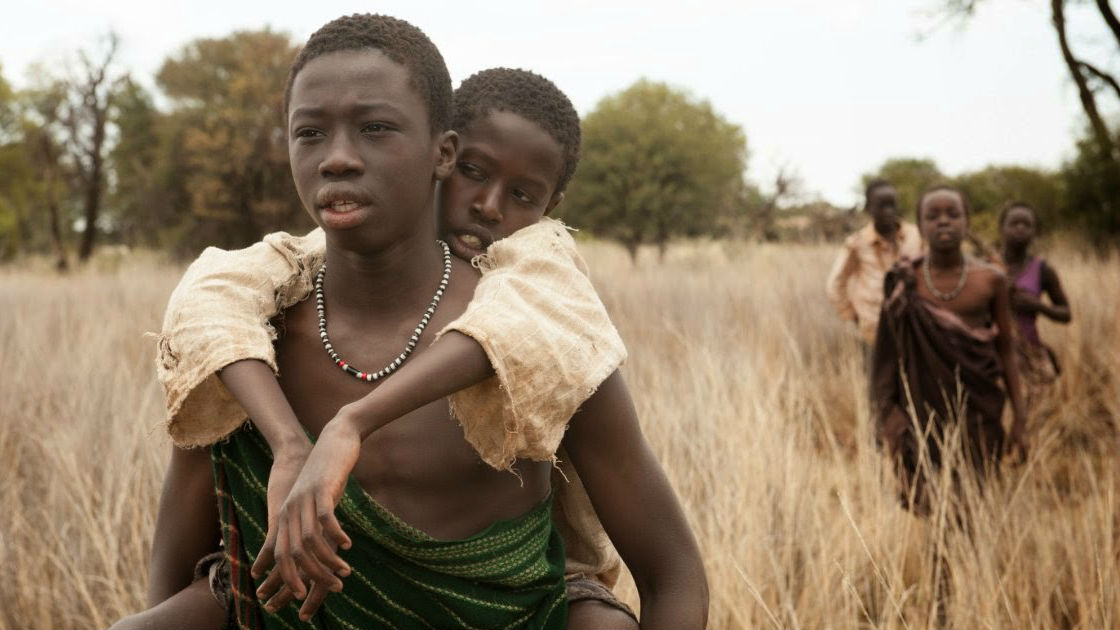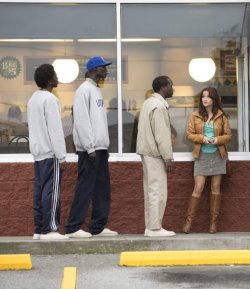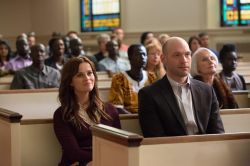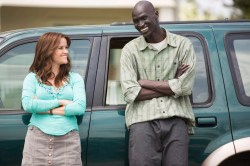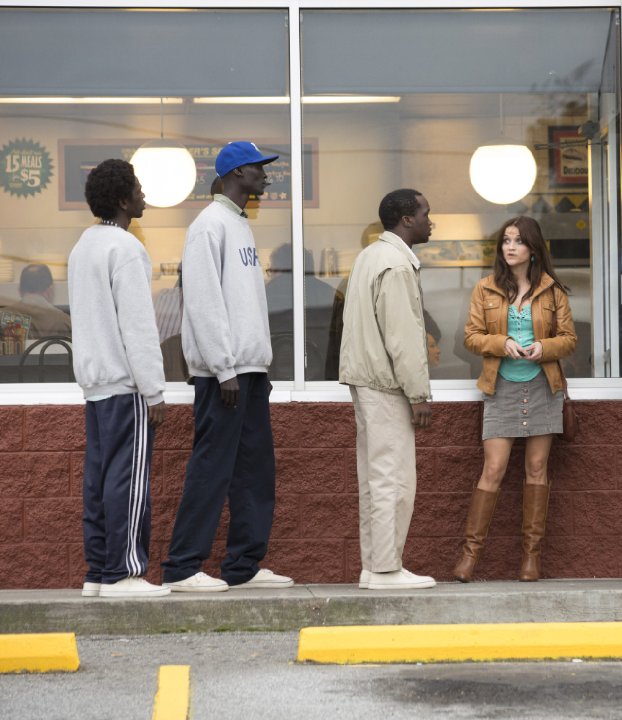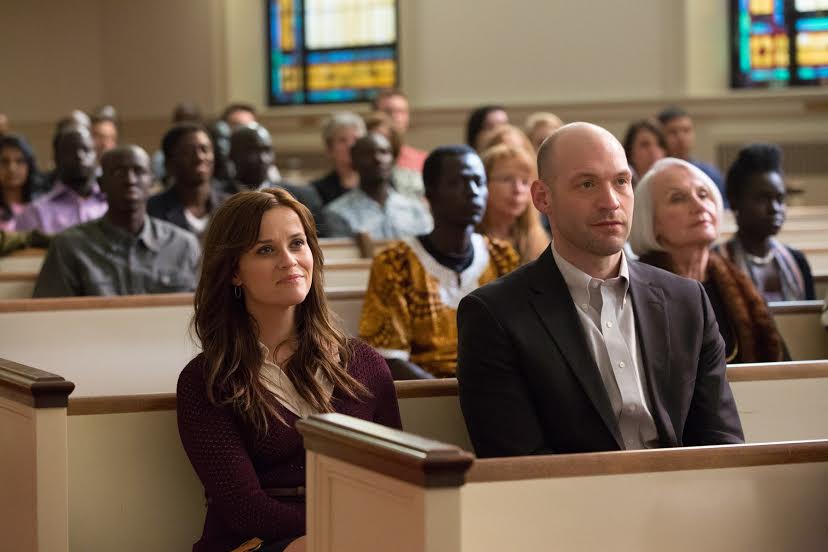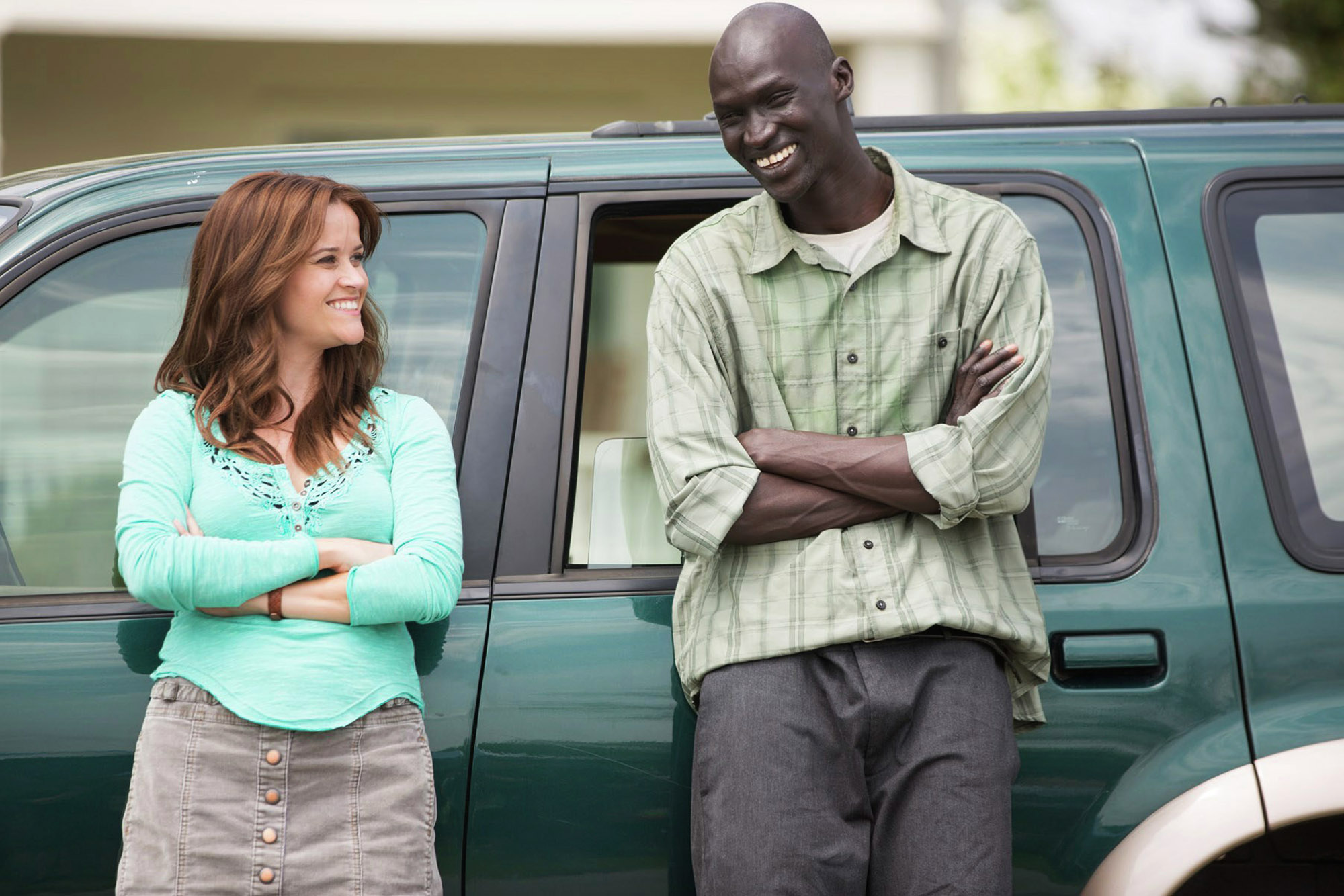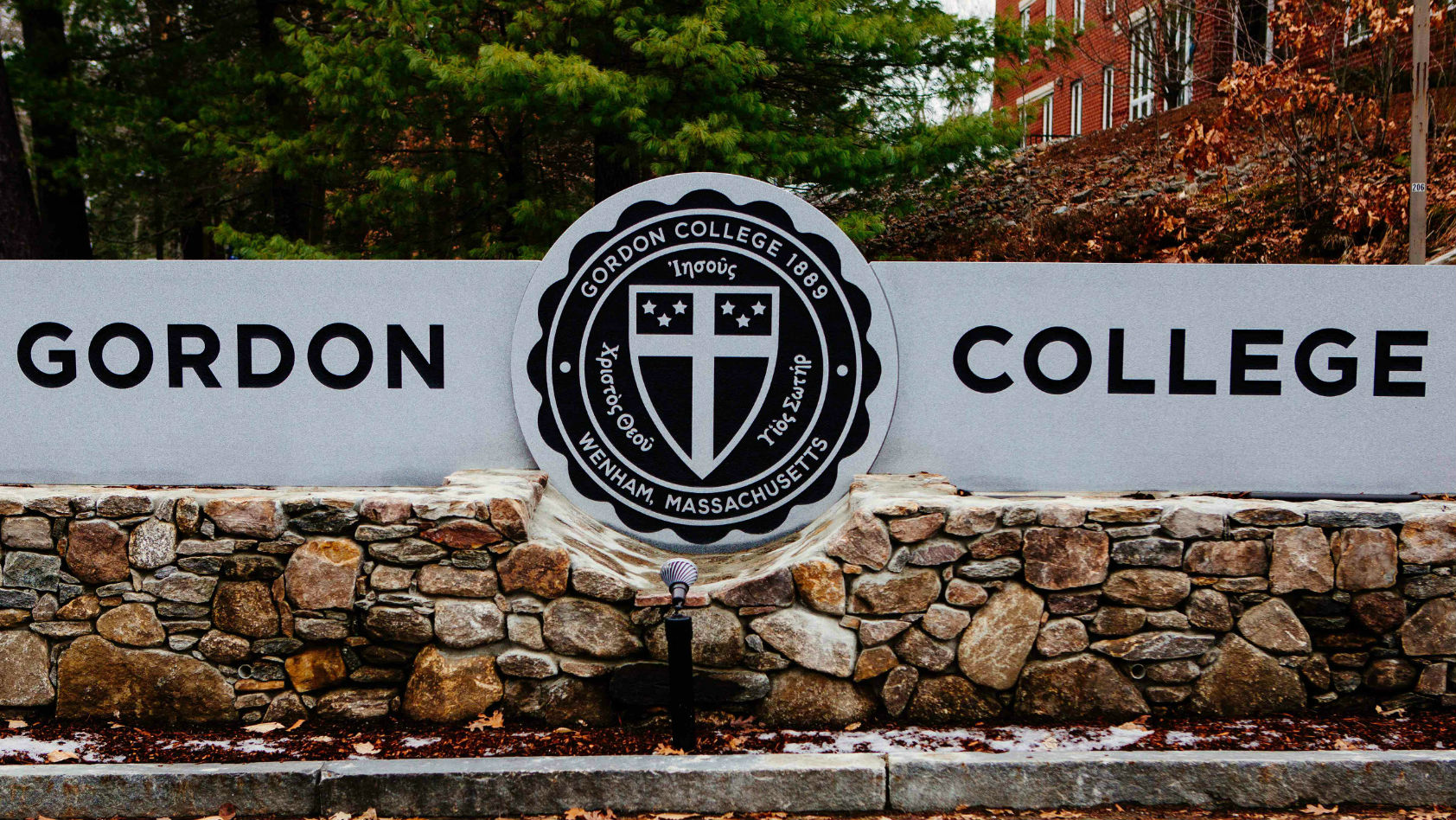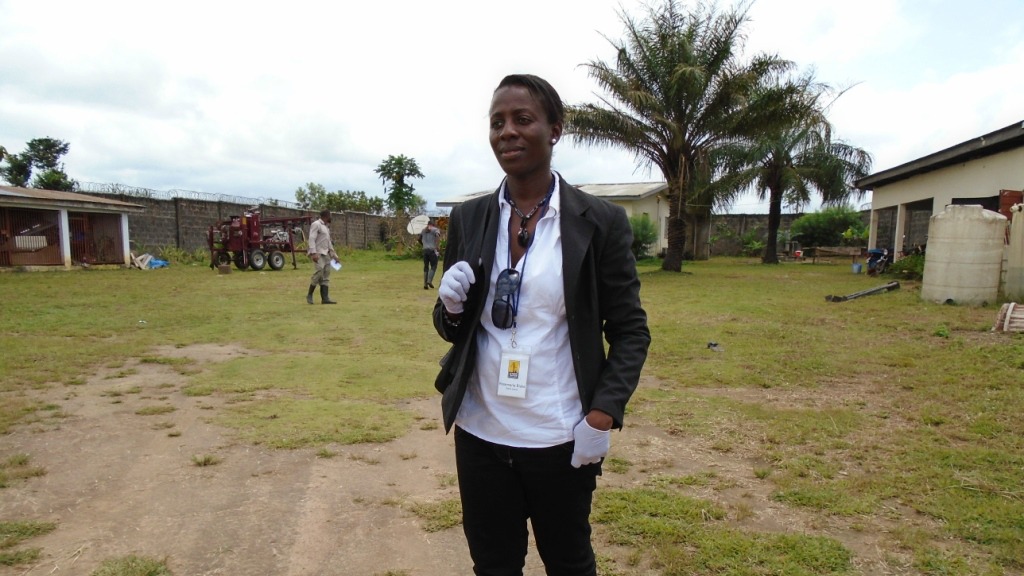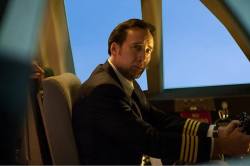Today we catch up with John and (son) Samuel Eldredge about their new book Killing Lions: A Guide Through the Trials Young Men Face. The title, a reference to a Masai coming-of-age practice, highlights a central theme of the book: transitioning into adulthood is a process that our culture needs to rediscover, particularly for young men. John and Sam share a few brief thoughts on why this is an important conversation.
1.) This is a very practically-written book. What prompted such specific life advice for emerging men?

Sam: I was a year out of college and taking on water, wrestling with the questions every young man faces, like money, career, romance, decision-making. Like most young men, I first tried to go it alone, and figure everything out by myself. After that failed, I decided to reach out to my dad to talk through the issues. This began a series of weekly phone calls between California and Colorado. About three months in, my dad asked me, "How many of your peers have an older man they can talk to about all this?" My answer was immediate: none. I knew not one. That's when we were moved to put these conversations down on paper—to help a generation of young men.
2.) Talk for a moment about coming-of-age. How might churches engage and validate young men?
John: Validation comes to us in two ways: through trials we overcome, and through the words of older men. For thousands of years, young men learned the ropes in the company of older men. This recent model of "head off to college or the military, then you're on your own" is truly a fabrication of the modern era. It's about a hundred years old and it's been a disaster. The best thing churches can do is first, give older men a vision to offer "fathering" to the young men around them. Create a context for older guys to hang out with younger guys—camping trips, financial workshops, fixing cars for single moms. The Killing Lions films we released this year would go a long ways to helping cast that vision.
3.) How can young men separate extreme culturally-bound ideas of masculinity—whether the neutered boy-child or the John Wayne stereotype—from biblical conceptions of what being a man means?
John: Through good teaching by men who are living it themselves. It has to be both. The scripture is filled with examples of genuine masculinity; you could mine David's story for probably a year by itself. And we have to get the masculinity of Jesus back. Not the pale-faced altar boy, but the man that made a weapon and cleared the temple, who boldly cast out demons, and calmed the raging sea. As Dorothy Sayers lamented, "we have de-clawed the lion of Judah and made him a house pet for pious old ladies."

4.) In a culture of fractured families, many people struggle with how the journey into manhood looks for boys without fathers or other key positive males in their life. What advice do you have for those parents, youth pastors, or community leaders struggling to connect with young men?
Sam: Events, outside of church. Like my dad said, the older guys need to know that what they have to offer matters, they need a vision. And then you need some sort of context for the natural give-and-take to go on. Men (and boys) learn by doing. I'm thinking there are a hundred options—softball tournaments, backpacking trips, tailgate parties there are a ton of possibilities.
John: Exactly. There are a lot of good men out there who just need a little direction and leadership in order for them to offer what they have to young men and boys. Scouts are still a great means, as are all the stuff guys naturally do when they want to hang out together. What the church needs to do is bless it, give it permission, provide some leadership. "We want to be a place boys and young men find fathering" will change the way you do ministry.
5.) Do the principles related to emerging men here carry into wider men’s ministry?
Validation comes to us in two ways: through trials we overcome, and through the words of older men.
John: Yes, for the simple reason that most men are still boys inside. Whatever their age, most men have never received true fathering. The principles in Killing Lions—and the films we've created—will carry a men's ministry a long way. It begins with a handful of men getting the vision for it, and then building out from there. It has to take place on a relational level. But it can be done.
Daniel Darling is vice-president of communications for the Ethics and Religious Liberty Commission. He is the author of several books, including his latest, Activist Faith.











